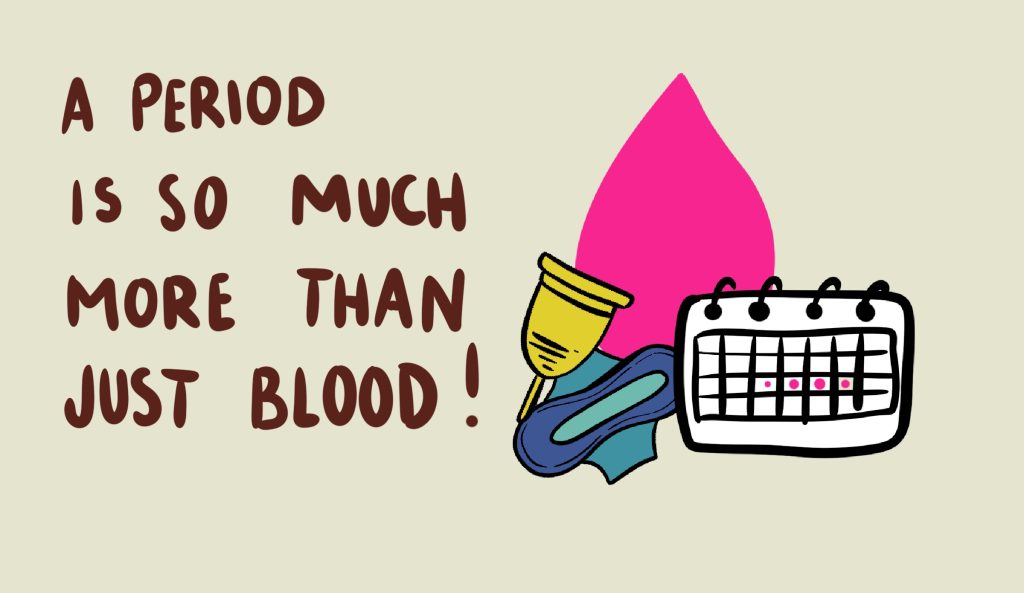The patriarchy is not as strong as it seems.This is the central thesis of Angela Saini’s thought-provoking book, ‘The Patriarchs: How Men Came to Rule’.
Saini, a science journalist, dives into archaeological findings, historical narratives, myths, and stories to answer questions of the origins of patriarchy. The book starts with a description of the Indian goddess Kali, with her fierce visage and clear strength. She describes how colonisers who came to India were confused and horrified by this depiction of female power. This both proves that women were not always thought of as inferior beings, and that colonisation has a big role to play in why patriarchy is so widespread in the world as we know it. Saini argues throughout the book that patriarchy is not the natural order of things or biologically inevitable (as some would have us believe). She writes, “Power is inventive. Gendered oppression was cooked up and refined not only within societies; it was also deliberately exported for centuries through proselytism and colonialism.”
As feminists, we revere women of power in the past because they are seen as radical, as they fought against oppression to stand as equals with, or even rule over, men. However, what we see as a radical act of defiance may not have been so at all. Many prehistoric female ruling figures were doing what they were born to do. The rules of the societies they inhabited were simply different from our own.
Matriarchal societies have existed all over the world throughout human history, just as patriarchal ones have. There is even evidence of societies where gender seems not to have mattered at all. The gender binary is so prevalent in the way we look at humanity that the possibility of it simply… not being a big deal, is both surprising and inspiring. These data poke holes in a widespread patriarchal theory – that women are “natural” or “biological” inferiors to men. Saini puts forward tons of hard archaeological and DNA evidence to say to that not only has this never been the case, there is also a lack of evidence that human beings throughout history have always thought so. She describes societies, both in the distant and the recent past, where the rights of women were in constant flux. There is no proof that says that patriarchy is the return to any sort of natural.
Precedent is important because it allows us to feel included, to feel valid and justified in our actions. Feminists have this same need. We need to know that women have not always been subjugated, that women of the past have had voices and yielded power just the same as men. However, as I was reading the book, I couldn’t help but think that more than a precedent, what I really wanted was a satisfying conclusion. I wanted an answer as to why we are the way we are today.
As with all human history, the true story is far more complex, rich, and layered than the words ‘matriarchy’ or ‘patriarchy’ can define. This book gives us an insight into these stories, and within their complexities, finds hope for the future.
“In truth,” she concludes, “the past was neither better nor worse than what we have now; it was just more varied.” Human beings, she says, have always chosen different ways to live, and these ways change all the time. And there I had my answer – that there is no one way that we are destined to live. And if people in the past could change their lot again and again, we can too.
BOOK RECOMMENDATIONS
- All in Her Head: The Truth and Lies Early Medicine Taught Us about Women’s Bodies and Why It Matters Today – Elizabeth Comen
- Seeing Like a Feminist – Niveditha Menon
- Ms Militancy – Meena Kandaswamy





